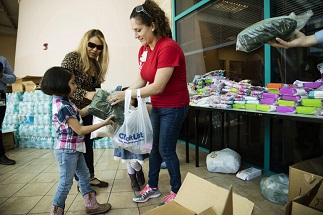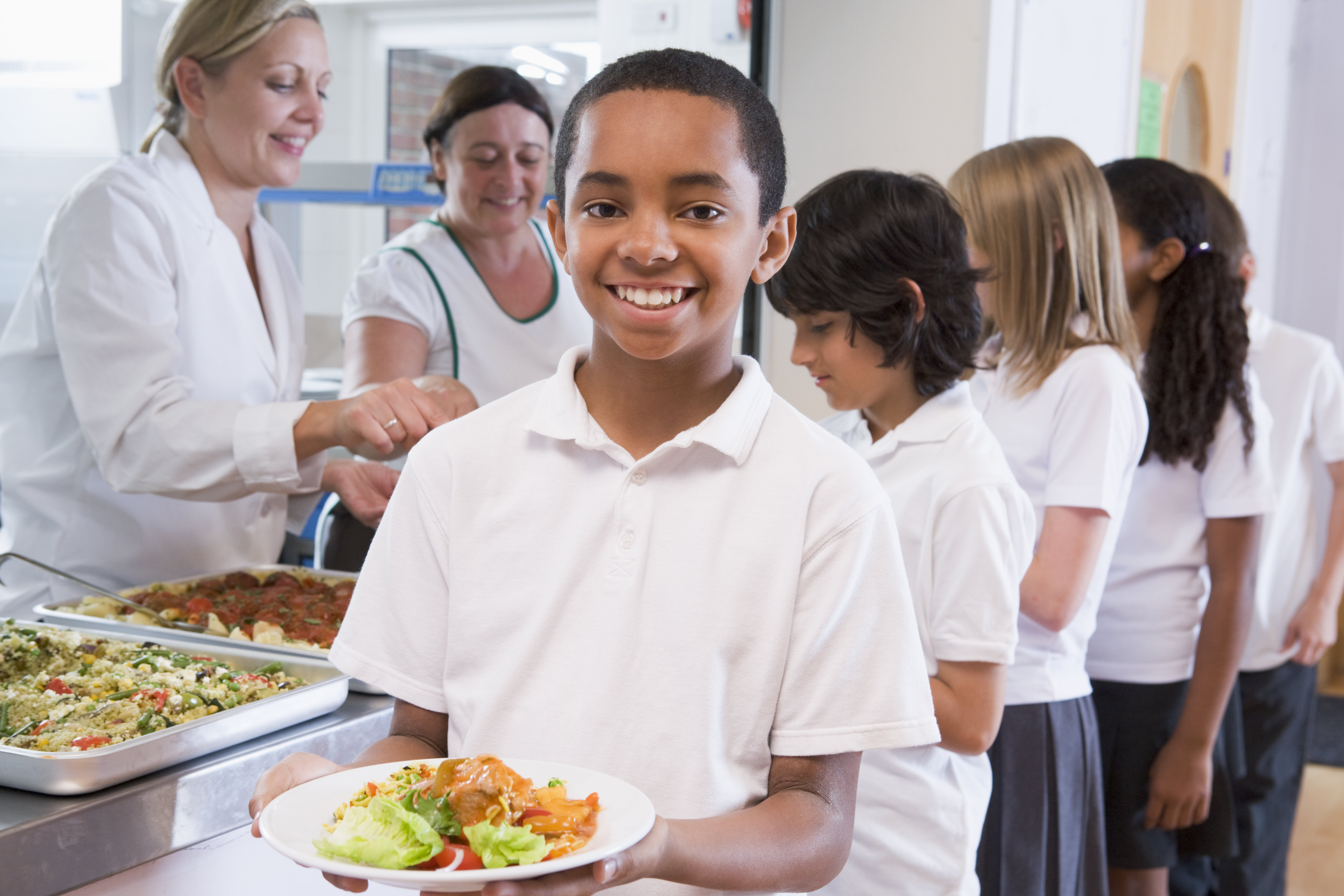The Afterschool Nutrition Programs, in normal times, provide funding to serve suppers and snacks to children alongside educational programming. These programs offered an important opportunity to combat hunger during the 2020–2021 school year as communities and families continued to feel the educational, health, and economic impacts of COVID-19. Looking ahead, it will take targeted investments and collaboration on all levels to ensure that the Afterschool Nutrition Programs are not only able to continue to grow, but to also meet the increased need as the dust settles from COVID-19.
FRAC’s latest report analyzes participation in the Afterschool Nutrition Programs in October 2020 compared to participation in October 2019.
Key Findings
- Almost 1.5 million children received an afterschool supper through the available Afterschool Nutrition Programs on an average day in October 2020.
- Participation in afterschool suppers increased by over 37,317 participants in October 2020 compared to October 2019.
- If every state had served supper to 15 children for every 100 low-income children who participated in school lunch in October 2020, then 1,160,760 additional children would have received a nutritious meal after school, and an additional $77.4 million in federal funding would have supported the provision of afterschool suppers in October 2020 alone.
- National Findings
- Participation in afterschool suppers increased by 2.6 percent (37,317 participants) in October 2020, compared to the previous year, despite the impact of the pandemic on afterschool programs.
- Despite the growth, only a small fraction — 1 in 12 — of the low-income students who participated in the free or reduced-price school lunch program in October 2020 also received an afterschool supper.
- Snack participation decreased overall, with the largest drop seen in National School Lunch Program (NSLP) snacks. This is likely due to many schools switching from NSLP to the Summer Food Service Program (SFSP) during the 2021–2022 school year.
- State Findings
- See how your state compares!
- Participation in afterschool suppers varied significantly by state in October 2020. While a handful of states saw exponential growth by maximizing the available waivers for meal service, a majority of states saw decreases in participation during the pandemic. These decreases must be addressed moving forward by recruiting more meal sites, and ensuring sponsors have the tools needed to support and sustain their programs.
- In October 2020, four states reached the Food Research & Action Center’s goal for states to serve supper to at least 15 children for every 100 who participated in the free or reduced-price school lunch program: Maryland, California, Virginia, and Oregon.
- Comparing October 2020 to October 2019, only 15 states moved in the right direction and increased their participation rate in afterschool suppers; 14 of these states increased by more than 10 percent.
- Opportunities to Strengthen the Afterschool Nutrition Programs
- Congress has an important opportunity to improve access to afterschool suppers and snacks through the upcoming Child Nutrition Reauthorization bill. The reauthorization should make new investments in the Afterschool Nutrition Programs that would expand the reach of suppers and snacks while doing no harm to the current structure of the program. Key provisions include streamlining Streamline the Afterschool Meal and Snack Program and Summer Food Service Program; lowering the area eligibility threshold from 50 to 40 percent; and allowing school food authorities to serve suppers through the National School Lunch Program.
- It also will be critical that the underlying afterschool enrichment programs, which traditionally go hand in hand with afterschool suppers and snacks, are championed and supported. Policymakers are already recognizing the important role these programs will play in COVID-19 recovery: the most recent COVID-19 relief package, the American Rescue Plan Act of 2021, included $30 billion in funding to support summer and afterschool programs on the state and local level. Advocates on every level should ensure that this funding is maximized and that any new afterschool programs are aware of the option to participate in the Afterschool Nutrition Programs.

Afterschool Report
Read the full report
History of Afterschool Nutrition Programs
How did it all begin?
Communications Toolkit
Spread the word!
Celebrate Light’s On Afterschool
Party starts here!
